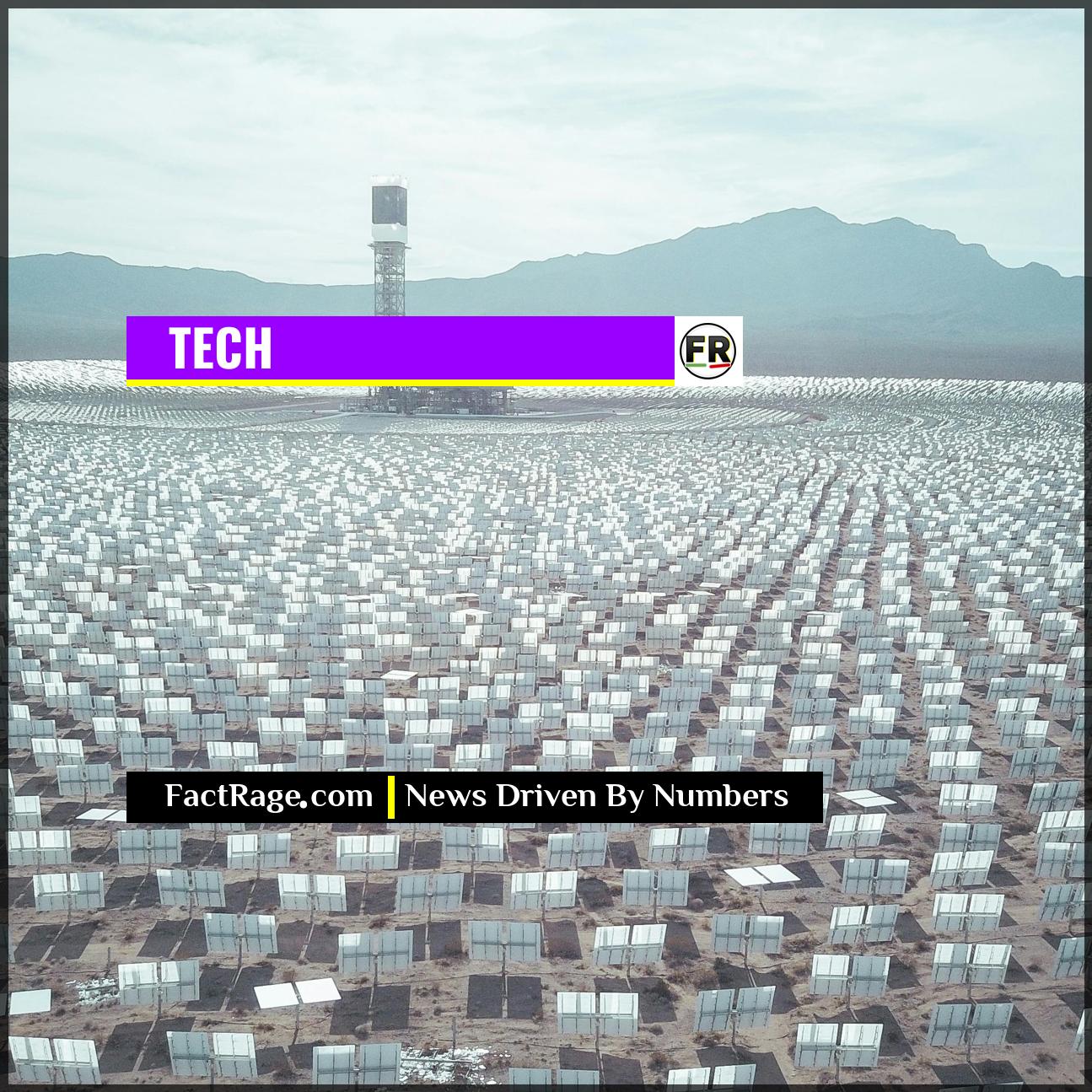FACTRAGE – The Earth is spinning faster, recently completing its rotation in the shortest time ever measured by atomic clocks and prompting a complex scientific investigation into the forces at play.
- A New Record – On June 29, 2022, Earth recorded its shortest-ever day since the advent of atomic clocks, completing a full rotation 1.59 milliseconds under the standard 24 hours.
- The Driving Forces – Scientists suspect a combination of factors, including movement in the planet’s molten core, oceanic tides, seismic activity, and the redistribution of mass from melting polar ice.
- A Timekeeping Dilemma – This acceleration trend could necessitate the first-ever “negative leap second,” a move to subtract a second from global time that poses significant challenges for digital infrastructure.
This fractional change, imperceptible in daily life, reveals our planet as a dynamic system and raises important questions for the scientists who keep the world’s clocks in sync.
Where Planetary Physics Meets Our Digital Reality
![]() It’s a change measured in thousandths of a second, a nearly imperceptible shift in our planet’s rhythm. But this tiny acceleration reveals a fascinating collision point between raw geophysics and the hyper-precise digital world we’ve built. The core question becomes: what happens when our planet’s natural clock and our technological one fall out of sync? This isn’t just an astronomical curiosity; it’s a critical test for the foundations of our modern infrastructure.
It’s a change measured in thousandths of a second, a nearly imperceptible shift in our planet’s rhythm. But this tiny acceleration reveals a fascinating collision point between raw geophysics and the hyper-precise digital world we’ve built. The core question becomes: what happens when our planet’s natural clock and our technological one fall out of sync? This isn’t just an astronomical curiosity; it’s a critical test for the foundations of our modern infrastructure.
Read On…
Below, we’ll break down the forces speeding up our world and explore the unprecedented challenge of a ‘negative leap second’ for global technology.
How Do We Measure a Millisecond of a Day?
For most of human history, a day was simply a day—the reliable interval between one sunrise and the next. But the development of atomic clocks in the mid-20th century gave humanity an unprecedentedly precise way to measure time. These clocks, which use the consistent vibrations of atoms as a pendulum, are accurate to within a billionth of a second per day.
It is this technology that allowed scientists at the International Earth Rotation and Reference Systems Service (IERS) to detect the minute change. On June 29, 2022, the network of atomic clocks around the world revealed that the 86,400-second standard for a day was off by 1.59 milliseconds. While a number of shorter days have been recorded since 2020, this marked the fastest spin yet observed. What do these tiny fluctuations tell us about the massive forces governing our planet?
What Forces Are Speeding Up the Planet?
Earth’s rotation isn’t perfectly stable. It is influenced by a complex interplay of forces, and scientists are currently working to determine the exact combination causing the current speed-up. The primary suspects include:
- Core and Mantle Activity: The planet’s liquid outer core can slosh and flow, and its interaction with the solid mantle above it can transfer momentum, slightly speeding up or slowing down the planet’s surface rotation.
- The “Chandler Wobble”: This is a natural, small, and irregular motion of Earth’s geographical poles across the surface. Think of it as a slight wobble in a spinning top. This movement can influence the speed of rotation, and its effects are still being fully understood.
- Climate and Oceans: Large-scale systems like El Niño, atmospheric winds, and ocean currents can exert drag or change momentum. More significantly, the melting of glaciers at the poles and the subsequent redistribution of that water mass toward the equator can have an effect similar to a figure skater pulling their arms in to spin faster. This mass shift is a key area of investigation.
- Seismic Activity: Major earthquakes can minutely shift the Earth’s mass, though their effects are generally considered very small and short-lived.
While for decades the long-term trend was a gradual slowing of the Earth’s rotation, requiring the occasional addition of a “leap second,” the recent trend has reversed that expectation.
Why Could a Faster Earth Disrupt Our Technology?
The immediate consequence of this acceleration is a debate over global timekeeping. Coordinated Universal Time (UTC), the world’s time standard, is the basis for everything from financial market trades to satellite navigation and internet data synchronization. To keep UTC aligned with the Earth’s rotation, timekeepers have added a “positive leap second” 27 times since 1972.
Now, they face the opposite problem. If the trend of faster days continues, the IERS may need to introduce the first-ever “negative leap second”—subtracting a second to keep the clocks aligned. This is an untested scenario for modern digital systems. Many computer programs and networks are designed to handle an extra second, but not to skip one. The potential for synchronization errors could lead to data corruption, communication failures, and system crashes across global infrastructure.
Because of this risk, a growing number of metrologists and technology companies are advocating to abolish the leap second entirely, letting atomic time and Earth time drift apart slightly. The decision rests with international bodies, who must now weigh the precision of timekeeping against the stability of the digital world that depends on it.
A Planet’s Pace, A Digital Pulse
![]() That a change of a few milliseconds can pose a genuine challenge to our global digital infrastructure is a powerful reminder of our relationship with a dynamic planet. It presents a fascinating paradox: the same technological precision that allows us to perceive Earth’s subtle shifts also makes our complex systems vulnerable to them. As scientists work to untangle the geophysical forces at play, the rest of us are left to marvel at the intricate dance between our planet’s natural rhythm and the digital heartbeat of modern civilization.
That a change of a few milliseconds can pose a genuine challenge to our global digital infrastructure is a powerful reminder of our relationship with a dynamic planet. It presents a fascinating paradox: the same technological precision that allows us to perceive Earth’s subtle shifts also makes our complex systems vulnerable to them. As scientists work to untangle the geophysical forces at play, the rest of us are left to marvel at the intricate dance between our planet’s natural rhythm and the digital heartbeat of modern civilization.














